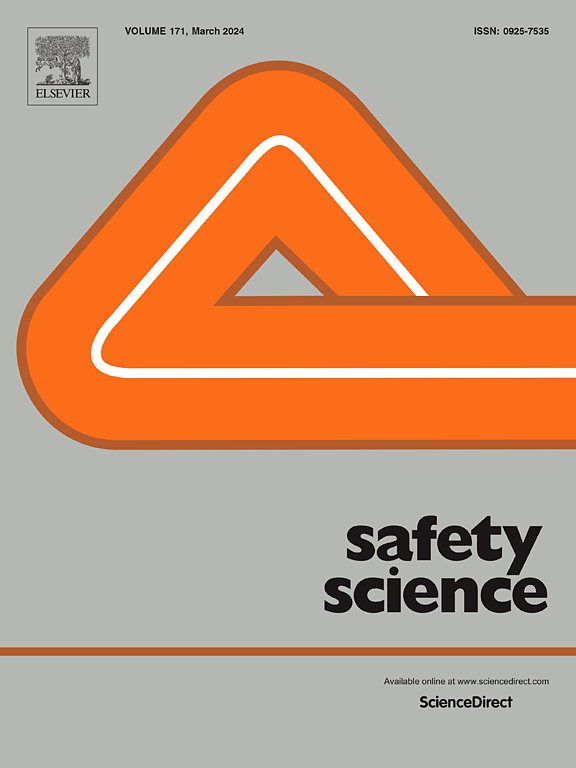制定新的航空维修安全文化框架:初步结果
IF 4.7
1区 工程技术
Q1 ENGINEERING, INDUSTRIAL
引用次数: 0
摘要
航空维修行业在高度复杂的环境中运行,人为因素在其中发挥着至关重要的作用,航空维修技术人员(AMT)的失误经常导致飞机缺陷。2021 年,超过 35% 的飞机事故归因于与维修相关的错误,这突出表明了在该行业内建立健全的安全文化的迫切需要。本研究区分了两种与 AMT 相关的安全文化:一种是强调个人安全和遵守工作场所安全规范的维修职业安全文化,另一种是以维修为基础的航空安全文化,后者涵盖了航空维修行业内更广泛的安全文化,特别是维修活动如何促进整体航空安全和预防事故的发生。研究的目的是开发和验证这两个概念的测量工具,并探索它们之间的相互关系。研究人员制作了一份调查问卷,经主题专家审核后,通过多种分发渠道分发给美国 121 部航空公司雇用的 AMT。我们进行了多变量统计分析,以评估安全文化构建并研究它们之间的相互作用。这项研究的结果为航空维修领域做出了重大贡献,它开发了适合航空维修的安全文化构建,提供了评估安全文化的有效工具,并深入分析了这些安全文化在 AMT 人员构成中的差异。研究结果还与联邦航空管理局(FAA)等监管机构相关,这些机构可以利用研究结果指导航空维修领域制定更有效的安全文化政策和实践。本文章由计算机程序翻译,如有差异,请以英文原文为准。
Developing A new safety culture framework for aviation Maintenance: Preliminary results
The aviation maintenance industry operates within a highly complex environment where human factors play a crucial role, and errors made by Aviation Maintenance Technicians (AMTs) frequently contribute to aircraft defects. In 2021, over 35% of aircraft accidents were attributed to maintenance-related errors, underscoring the critical need for a robust safety culture within the industry. This study distinguishes between two types of safety culture pertinent to AMTs: maintenance occupational safety culture, which emphasizes personal safety and adherence to workplace safety practices, and maintenance-based aviation safety culture, which covers the broader safety culture within the aviation maintenance sector, particularly how maintenance activities contribute to overall aviation safety and the prevention of accidents. The research aimed to develop and validate measurement tools for both constructs and explore their interrelationships. A survey was created, reviewed by subject matter experts, and distributed to AMTs employed by Part 121 carriers in the United States using multiple distribution channels. Multivariate statistical analyses were conducted to assess the safety culture constructs and examine their interactions. The results of this study contribute significantly to the aviation maintenance field by developing safety culture constructs tailored to aviation maintenance, providing validated tools for assessing safety culture, and offering insights into how these safety cultures differ across AMTs’ demographics. The findings are also relevant for regulatory bodies such as the Federal Aviation Administration (FAA), which can use the results to guide the development of more effective safety culture policies and practices within the aviation maintenance sector.
求助全文
通过发布文献求助,成功后即可免费获取论文全文。
去求助
来源期刊

Safety Science
管理科学-工程:工业
CiteScore
13.00
自引率
9.80%
发文量
335
审稿时长
53 days
期刊介绍:
Safety Science is multidisciplinary. Its contributors and its audience range from social scientists to engineers. The journal covers the physics and engineering of safety; its social, policy and organizational aspects; the assessment, management and communication of risks; the effectiveness of control and management techniques for safety; standardization, legislation, inspection, insurance, costing aspects, human behavior and safety and the like. Papers addressing the interfaces between technology, people and organizations are especially welcome.
 求助内容:
求助内容: 应助结果提醒方式:
应助结果提醒方式:


